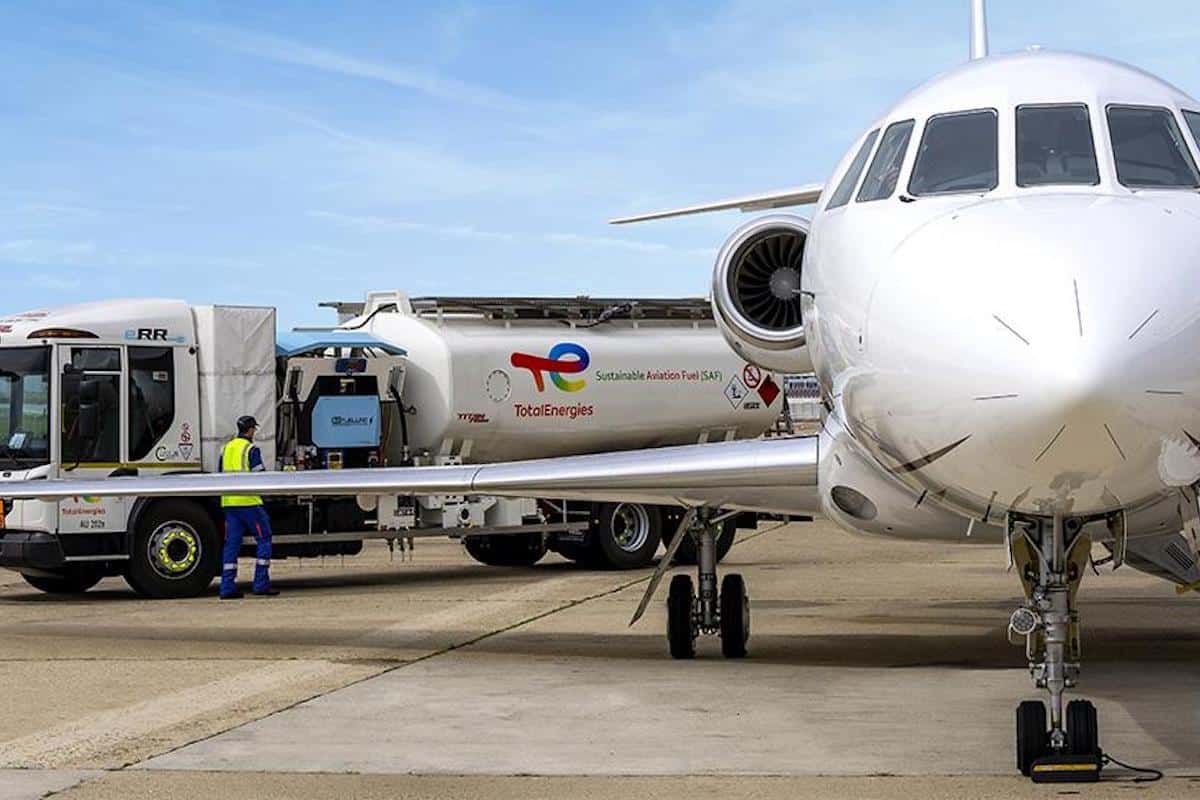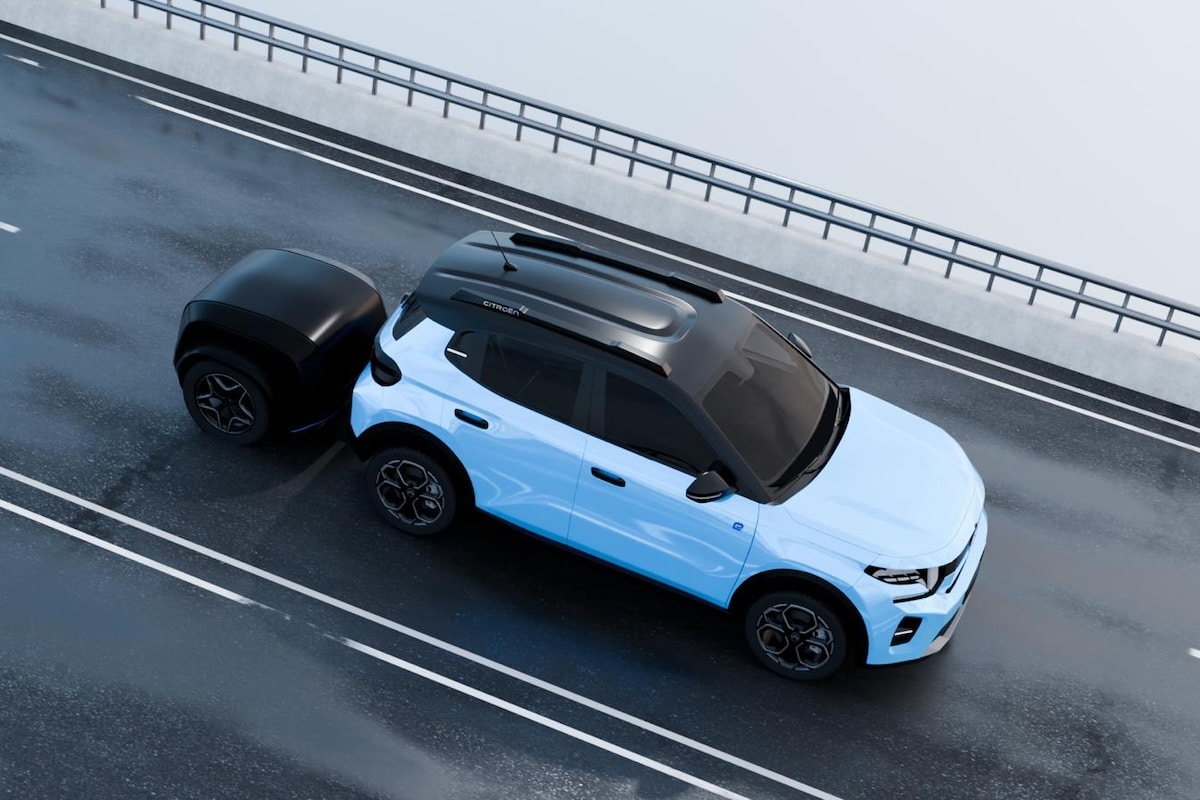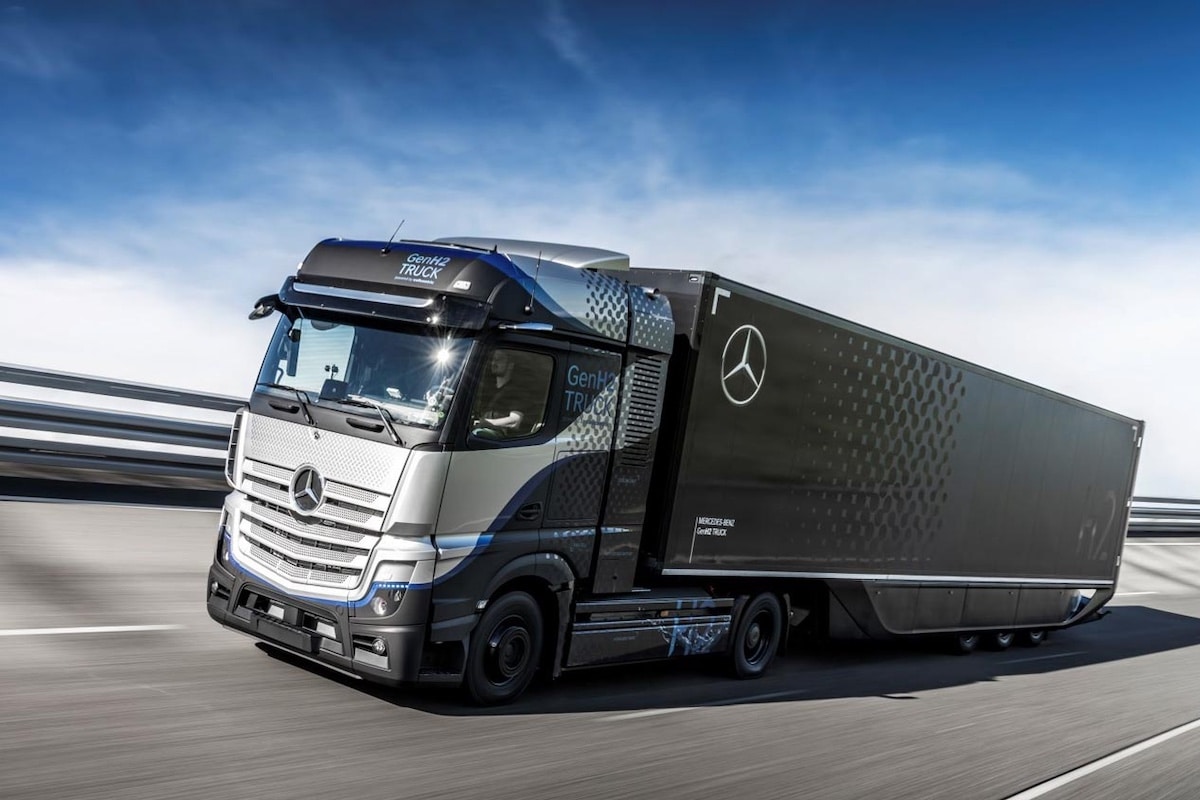Is e-fuel the future of air and maritime transportation?

Electro-fuel appears to be one of the possible solutions to decarbonize the aviation and maritime sectors by 2050.
Electro-fuel (also called electro-kerosene) in liquid or gaseous form synthesized from hydrogen: e-jet fuel, e-methanol, e-ammonia, e-methane. Still in the industrial pilot stage, they represent, according to a report from ADEME (Agency for Ecological Transition) one of the future levers for decarbonizing activities in the aviation and maritime sectors, replacing currently used fossil fuels, and in addition to biofuels.
The production of these electro-fuels relies on the combination:
- Hydrogen: produced by water electrolysis, which would require large quantities of electricity,
- And CO2: which would require capturing, transporting, and using industrial CO2. This must be biogenic, meaning non-fossil, beyond 2040. Indeed, the European directive on renewable energies provides a framework for sustainable fuels used in transport sectors to meet these objectives and bans, beyond 2040, the use of fossil-sourced CO2 for their production.
Electro-fuels have the notable advantage of maintaining propulsion technologies similar to those today. The recent European regulations ReFuelEU Aviation and FuelEU Maritime set, from 2025 to 2050, ambitious goals for gradually increasing the incorporation of sustainable fuels. For aviation, the regulation mandates at least 35% electro-fuels by 2050, and for maritime transport, an 80% reduction in greenhouse gas intensity of ship fuels. Producing these electro-fuels in France would require low-carbon electricity to produce hydrogen, and CO2, which must be non-fossil from 2041. As France has just opened a consultation on a strategy for capturing, storing, and using CO2, ADEME today unveils its expert report “Electro-fuels in 2050”. This report evaluates, through two scenarios, the volumes of electricity – used to produce hydrogen – and biogenic CO2 needed to meet the 2050 targets.
ALSO READ: Stellantis tests synthetic fuels on its cars
This page is translated from the original post "L’e-carburant est-il l’avenir du transport aérien et maritime ?" in French.
We also suggestthese articles:
Also read






